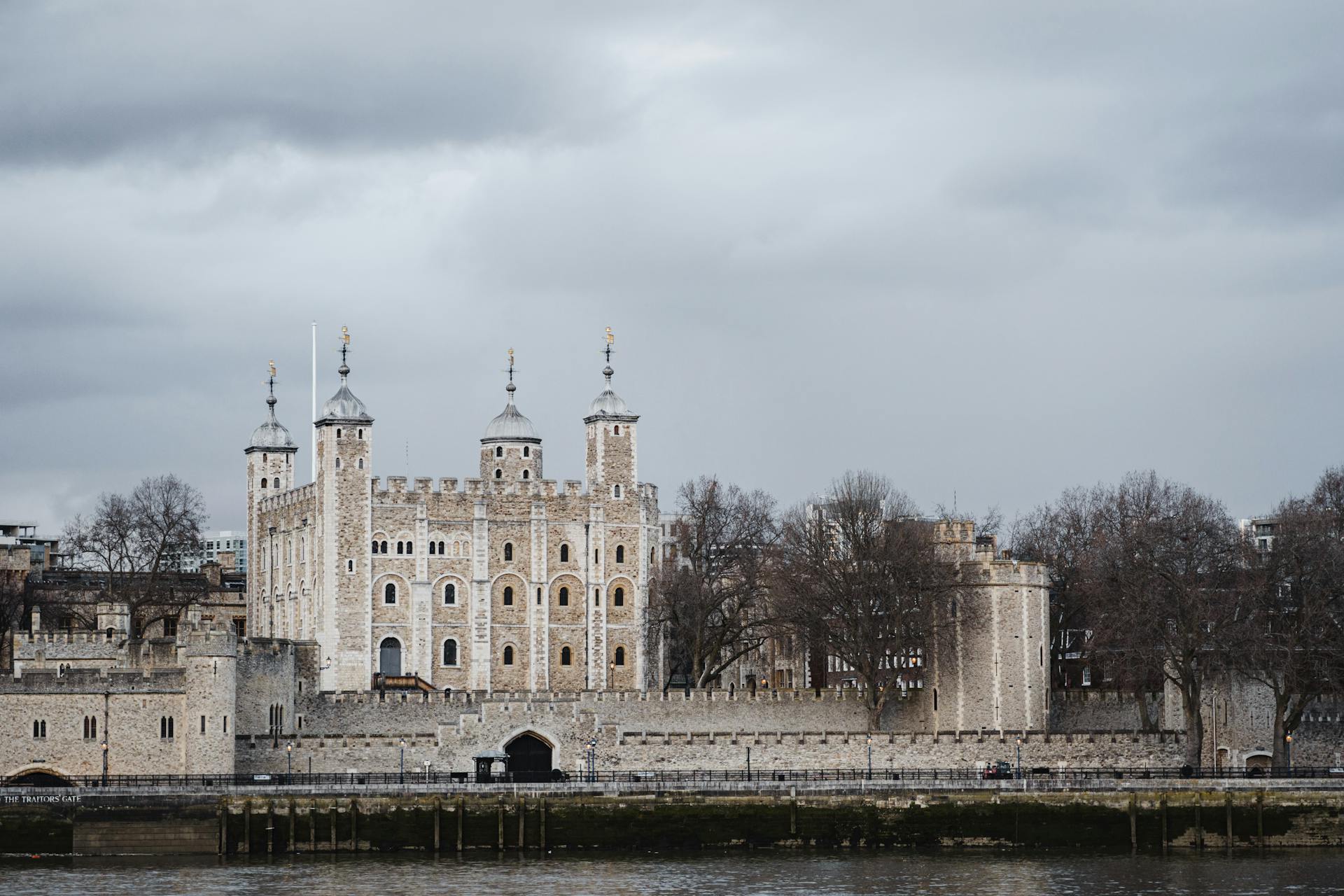When it comes to property development, choosing the right site is not only crucial for project success, but for the health of local neighbourhoods and the environment. This decision-making process involves a range of variables – from land availability to planning permissions, local authority regulations, and the potential impact on the green spaces in the area. In the United Kingdom, the proximity to national parks adds another layer of complexity.
In this article, you’ll explore the key factors that should guide your property development planning in regions surrounding national parks. Your thorough understanding of these elements can dramatically influence the success of your projects, ultimately determining the property price, the overall appeal of your development, and its long-term impact on the neighbourhood and the environment.
A découvrir également : What Are the Economic Consequences of Overdevelopment in UK Coastal Regions?
Understanding the Importance of Location
The first step in property development planning is choosing the right location. This determines not only the potential price of the property but also its appeal to prospective buyers. In terms of proximity to national parks, this can provide your development with a unique selling point. However, it also entails a host of challenges.
If your intended site is close to a national park, consider the potential access to amenities, schools, and workplaces. Prospective homeowners often weigh these factors against the beauty and tranquillity of national park living. Additionally, consider the local infrastructure – roads, public transport, utilities, and internet connectivity. These factors can significantly alter the property’s attractiveness and price.
Sujet a lire : How to Address the Challenge of Parking Space Shortages in Urban Residential Developments in the UK?
Further, you’ll need to take into account any restrictions associated with building near a national park. In many cases, there are strict rules in place to protect these areas from overdevelopment and environmental impact. These could affect the type of house you can build, the materials used, even the colour scheme.
Green Space and Environmental Impact
National parks are cherished for their natural beauty and biodiversity, acting as vital green lungs for the country. When planning your development, you must take into account the potential impact on these green spaces. This includes not only the direct footprint of your development but also the increased traffic and human activity it may generate.
Overlooking the environmental impact might not only lead to public backlash but also to tougher regulations from local authorities. Therefore, consider implementing environmentally friendly practices, such as using sustainable materials, incorporating green spaces within your development, and implementing measures to mitigate the impact of construction.
Navigating the Planning and Development Process
Dealing with planning authorities forms a significant part of any property development project. However, when your site is in or around a national park, additional layers of bureaucracy often come into play. These can include stricter planning policies, increased scrutiny over design and materials, and conditions to mitigate the environmental impact.
Planning permission is crucial for any property development. Before purchasing a site, investigate whether it is likely to receive planning approval. Be aware that national parks have their own planning authorities, separate from local councils. Get familiar with their specific rules and building codes.
Understanding Local Housing Needs
Another crucial factor to consider is the local housing needs. In many rural areas near national parks, there is a significant demand for affordable housing. Meeting this demand can not only make your development more appealing to local authorities but also to potential buyers.
Investigate the local housing market, including the supply and demand, price points, and buyer preferences. Also, consider the broader demographic trends: is the local population growing or shrinking? What is the age distribution? All these factors will influence the kind of houses that are needed and will be successful in the market.
Evaluating the Financial Viability
Finally, ensure the financial viability of your development project. This requires a thorough understanding of the local property market, including the expected selling price of your development, projected costs, and probable return on investment.
Remember, land in or near national parks can often command a higher price, both in terms of buying the land and selling the finished property. However, this needs to be balanced against potentially higher costs due to planning restrictions, environmental considerations, and possible delays in the planning process.
Remember, planning a property development project near a national park can be a complex process, requiring a thorough understanding of a variety of factors. It’s a balancing act between choosing a location that will appeal to buyers, meeting local housing needs, navigating planning regulations, minimising environmental impact, and ensuring financial viability. But with careful planning and consideration, it’s an opportunity to create a development that enhances the local area, benefits residents, and respects the unique beauty of the UK’s national parks.
Analysing the Potential Impact on House Prices
The potential impact on house prices is another key factor to consider when choosing a property development site near UK National Parks. The price of homes in these areas tends to be influenced by a myriad of factors, including their proximity to green spaces, the preservation status of the neighbourhood, and the perceived quality of life in the area.
The conservation area status, which often applies to regions surrounding national parks, can affect property values. These areas have regulations in place to preserve their unique character and heritage, which can enhance the appeal of properties to potential buyers. However, these regulations can also make property development more complex and potentially costly, as developers need to respect the aesthetic and historical value of the area.
Moreover, developments near national parks may also benefit from their proximity to green spaces. Research suggests that properties near green spaces often command higher prices. According to estate agents, many buyers are willing to pay a premium for properties with access to green belts and other open spaces.
On the other hand, it’s important to bear in mind that the planning authorities may impose certain conditions to protect the green space. These conditions, which form part of the local plan, could influence the type and scale of development that is permitted, and ultimately, the property values.
Therefore, when choosing a site for property development, you should conduct a thorough impact assessment. This can help you understand the potential implications for house prices and determine whether the investment risk is acceptable.
The Crucial Role of Neighbourhood Planning
Neighbourhood planning is a crucial factor when considering a development site near a UK National Park. It allows local communities to shape the development of their area, including where new homes and other development should be built.
The local community, through the neighbourhood plan, can set out the vision for the area, propose where new homes should be located, and what type and size of development is appropriate. As a property developer, it’s crucial to understand the neighbourhood plan and ensure your proposed development aligns with it.
In addition to considering the neighbourhood plan, it’s also essential to engage with the local community. This engagement can involve consultations, public meetings, and collaboration with local stakeholders. It’s a chance to understand local concerns, gather feedback, and refine your development plan to ensure it meets local needs and expectations.
Additionally, the development plan could affect the affordability of housing in the area. Including affordable housing in your project can make it more appealing to the local planning authority and to potential buyers. It’s vital to understand the local housing needs and respond to them in your development plan.
Developers who ignore the neighbourhood plan or fail to engage with local communities may face opposition to their projects. This can result in delays, additional costs, and may even jeopardise the planning permission. Therefore, it’s crucial to consider the neighbourhood plan when choosing a development site near a UK National Park.
Conclusion
Choosing a property development site near UK National Parks requires a careful analysis of numerous factors. Developers need to understand the specific regulations and requirements related to building near a conservation area, the potential impact on house prices, and the local community’s vision for the area as laid out in the neighbourhood plan.
While the complexity of developing near National Parks can be daunting, it also presents a unique opportunity. By taking the time to understand and respect these factors, developers can create projects that not only benefit the built environment but also contribute positively to the local community and the environment at large.
Through careful consideration and planning, developers can build homes that meet local housing needs, preserve the unique character of the area, and uphold the values of sustainable development. The result is a development that enhances the local area, respects the natural beauty of the UK’s National Parks, and offers a high return on investment.











